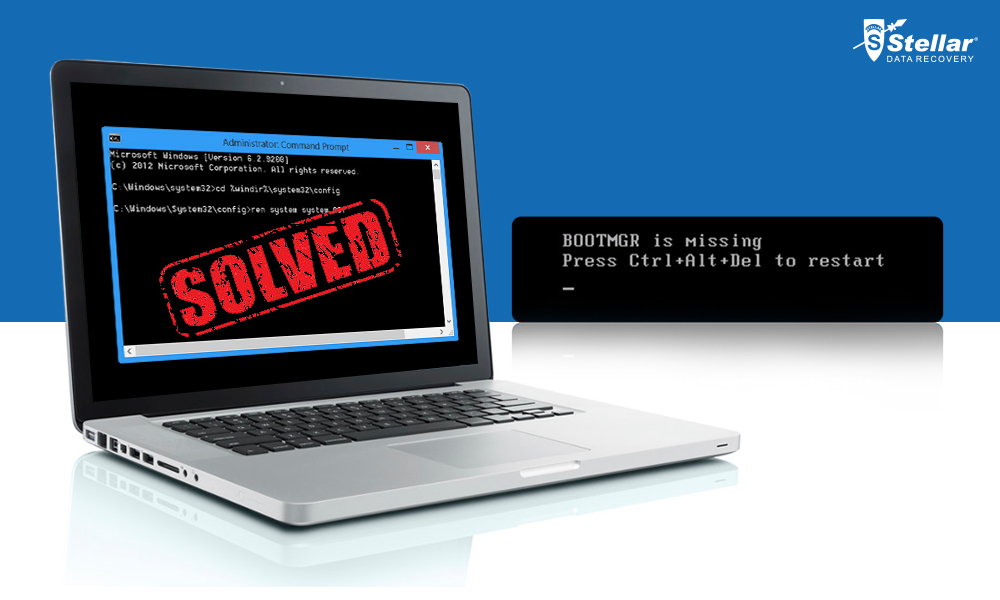

At this stage it looks as though I will need to get Windows CDs as Olivier mentioned below. Unfortunately fdisk will not set NTFS partitions as active, and I haven't found any alternatives that run from DOS and will set NTFS partitions as active. Any glaring shortcuts, alternative solutions or likely obstacles I'm missing?Įdit: I now have a USB key, can boot to DOS and run fdisk, which I expected to enable the active partition to be set. I think that the easiest solution will be to get hold of a USB key, make it bootable, and sort out the active partition from DOS. I do have an external HD, but this other computer that I'm on right now (which is unusably slow) doesn't recognise it.


I am travelling and don't have a USB key or bootable CD with me. I can disable various SATA drives (four are listed) and doing that sequentially changes the error message on booting, but no combination lets it boot. This involves getting into your PCs BIOS settings, which. I can go to BIOS and mess around with some stuff, but haven't found a way to change the active partition. The first step here is to set up your machine to boot from an external source - either the original Windows 10 startup disc or a USB. When attempting to boot, the laptop now returns "BOOTMGR is missing". I set C: as the "Active" directory in disk manager (I am using Windows 7). Note: Depending on different computers and Windows operating systems, the key to enter the boot interface can be F2, F8, F10, F11, F12, Esc or Del, etc. Restart the system and then press F11 or a specific key of your motherboard to go to the Boot main interface. "Recovery" was previously the "Active" partition. To change it, follow these steps: Step 1. I have a "Recovery" partition which I mistakenly thought was redundant after reinstalling everything to C.


 0 kommentar(er)
0 kommentar(er)
